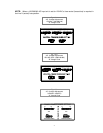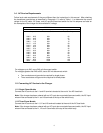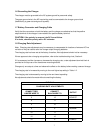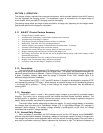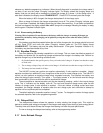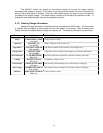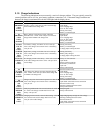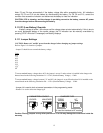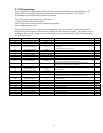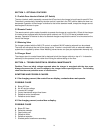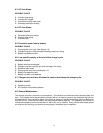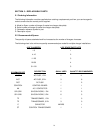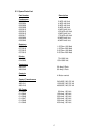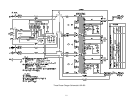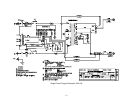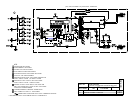15
4.3. AC fuse blows.
POSSIBLE CAUSE
A. Incorrect fuse rating.
B. Incorrect AC voltage.
C. Fuse Block holding clips loose.
D. Shorted transformer winding.
4.4. DC fuse blows.
POSSIBLE CAUSE
A. Reversed battery connector.
B. Incorrect fuse rating.
C. Shorted diode.
4.5. Excessive water loss in battery.
POSSIBLE CAUSE
A. Charging rate is too high. See Section 1.8.
B. Charger amp-hour rating exceeds the battery amp-hour rating.
C. Battery has defective cells.
4.6. Low specific gravity at the end of the charge cycle.
POSSIBLE CAUSE
A. Battery was over-discharged.
B. Charger amp-hour rating is less than the battery AH rating.
C. Defective open diode.
D. Charging rate is too low. See Section 1.8.
E. Battery has defective cells.
F. Battery has been over-watered.
4.7. Charger does not turn off when the control terminates the charge cycle.
POSSIBLE CAUSE
A. Defective control.
B. AC contactor has welded contacts.
4.8. General Maintenance
The charger requires a minimum of maintenance. Connections and terminals should be kept clean and
tight. The charger should be periodically cleaned with an air hose to prevent any excessive dirt build up
on components. Care should be taken not to bump or move any adjustments during cleaning. Make sure
that both the AC lines and the battery are disconnected before cleaning. The frequency of this type of
maintenance depends on the environment in which this unit is installed. If any cabinet sheet metal panels
are removed for cleaning, be certain they are properly reinstalled upon completion.



